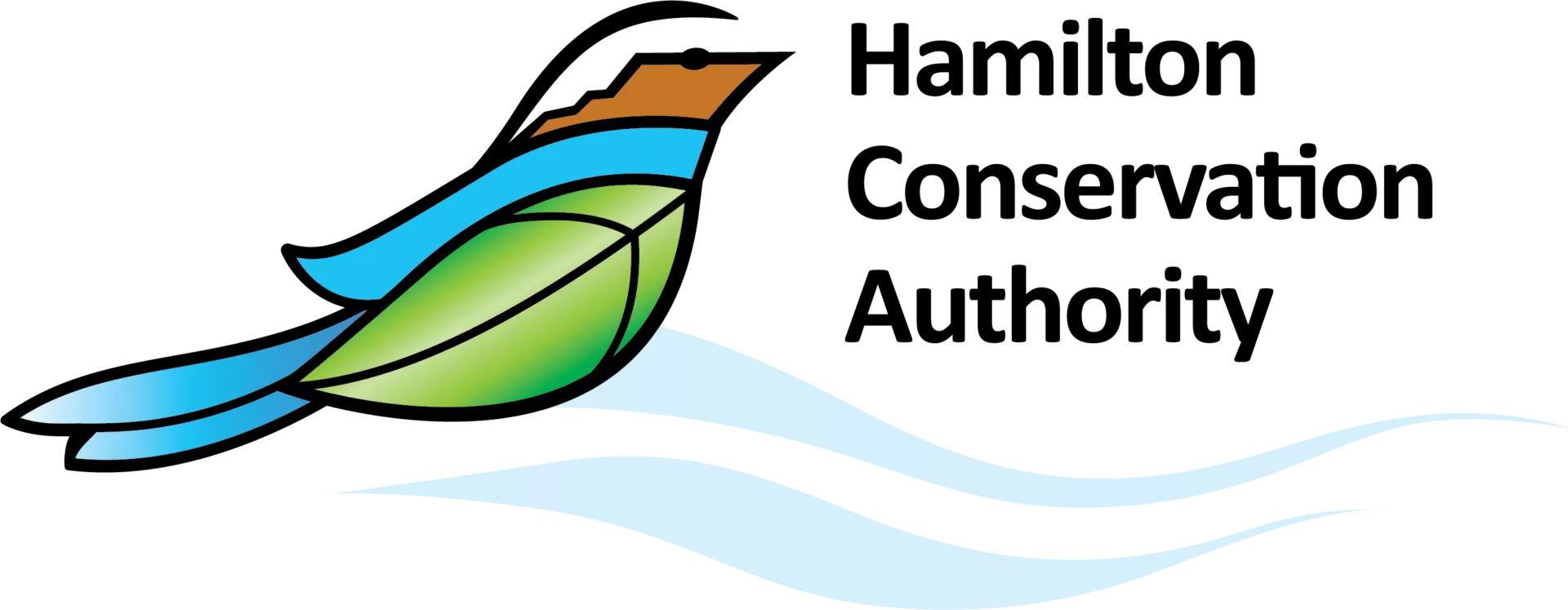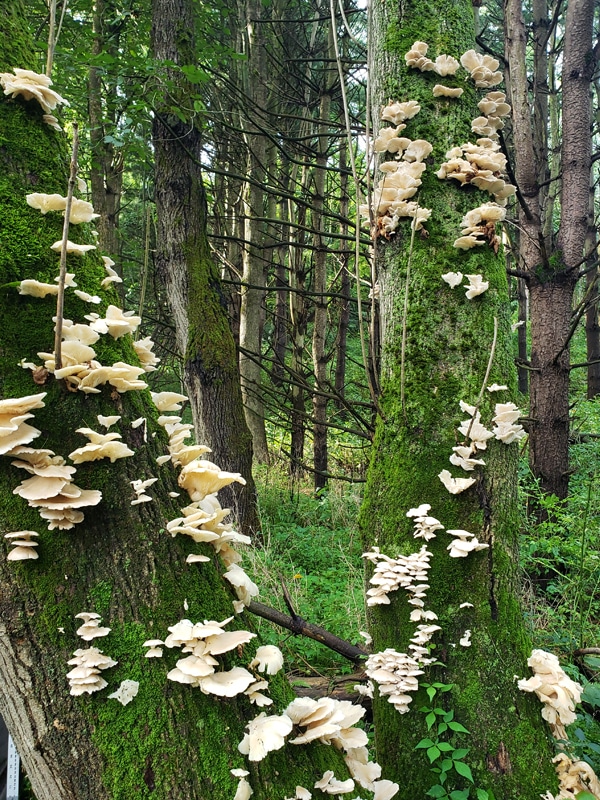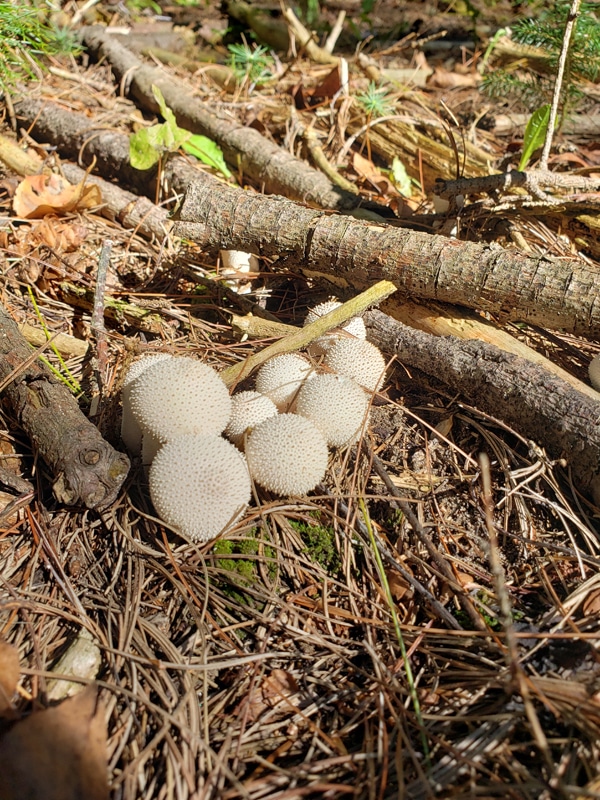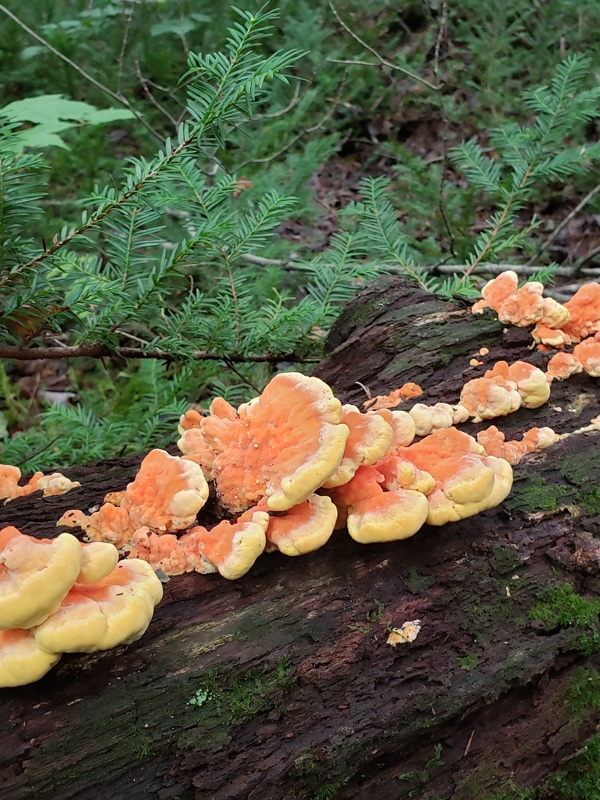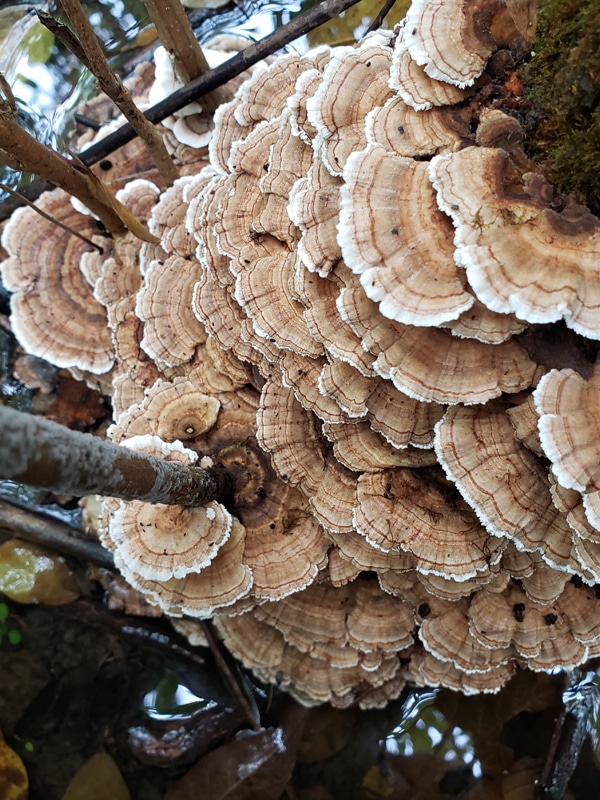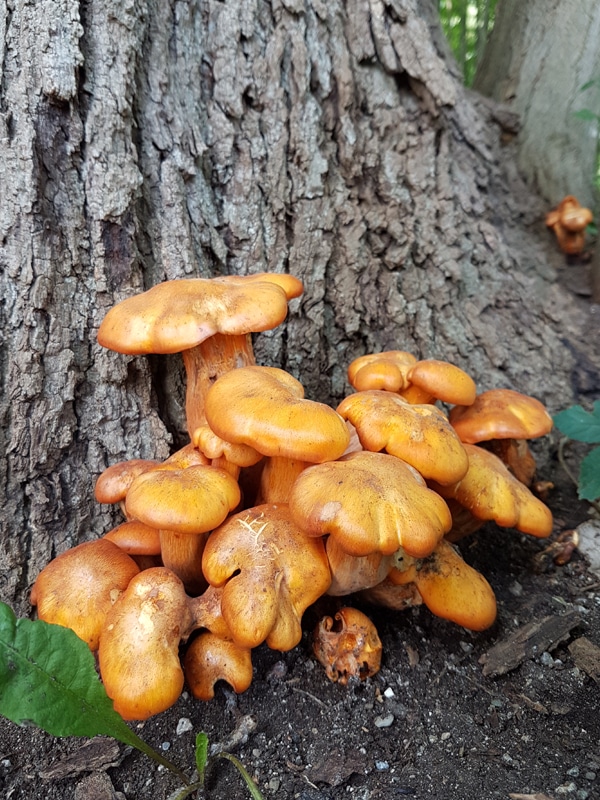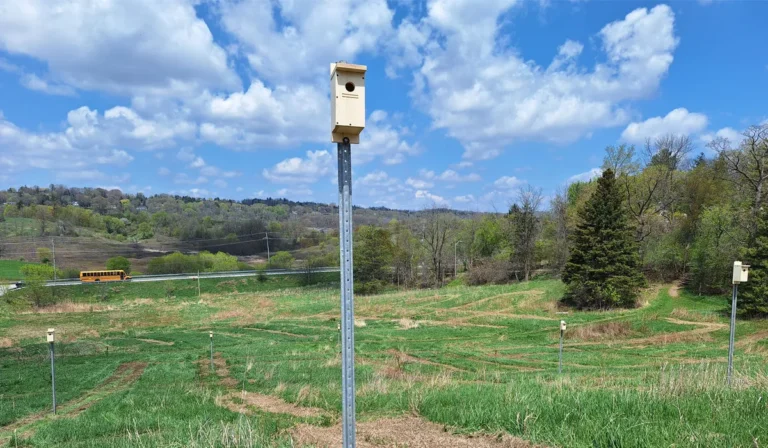Can I forage at HCA areas?
No. HCA does not permit foraging or harvesting in any of its conservation areas.
Why can’t I forage?
Although some people may be disappointed to learn that foraging is not permitted, there are many reasons why this regulation is in place:
- Damage to sensitive habitats: Foraging often involves going off trail, which can cause damage to sensitive habitats, plants and animals. HCA conservation area rules also require that visitors stay on marked trails at all times, and do not climb or otherwise bypass fencing.
- Deplete abundance and diversity: Foraging can deplete the natural abundance and diversity of species in conservation areas. This decline cannot be easily recorded and tracked making it difficult to manage populations of foraged species. Remember, wildlife forage for survival and don’t have the option of just going to the grocery store.
- Over harvesting: Over harvesting can cause species to become locally rare or extirpated. This means that once a population is removed, it will not reoccur naturally. A good example of this is what has happened with wild leek (Allium tricoccum) in the Hamilton watershed. This species should be commonly found throughout the Dundas Valley, but over harvesting due to poor foraging practices has caused much of this plant to now only be found in small populations. Other species which can take a long time to reach maturity, that are often foraged, include trillium species and wild ginger (Asarum canadense). Trilliums can take up to seven years to germinate. For slow growing understory plants like these, the removal of even a few individuals can have detrimental impacts on the local population.
What can I do instead?
Although you are not permitted to forage and take fungi and plants home from HCA properties, there are some ecologically conscious activities that will allow you to enjoy and learn about what you find while exploring HCA’s conservation areas:
- Take photos of mushrooms, plants and animals you find to show friends and family.
- Upload sightings of plants and animals to sites and mobile apps like inaturalist. This can help with scientific research and tracking species occurrences, and is a great way to be part of community science initiatives!
- Bring some field guides (hard copy or digital) and try learning how to identify different plants and animals you might see.
- Sign up for a workshop, guided hikes or go out with a local expert to learn new things about the local environment and ecology.
Safe and Sustainable Foraging
If you’re looking for the culinary adventure that comes with harvesting wild mushrooms, try looking for local mushroom farmers who specialize in selling native ‘wild’ species. Their stocks will usually be species which they propagate themselves or have harvested sustainably through an agreement with private landowners. Another advantage for using this method is that you know for certain the species you purchase will be absolutely safe to consume.
When visiting any HCA areas please always remember to be respectful of other patrons and the environment; keep your dogs leashed and pack out what you pack in. There’s so much to see and do at HCA’s conservation areas – happy exploring!
